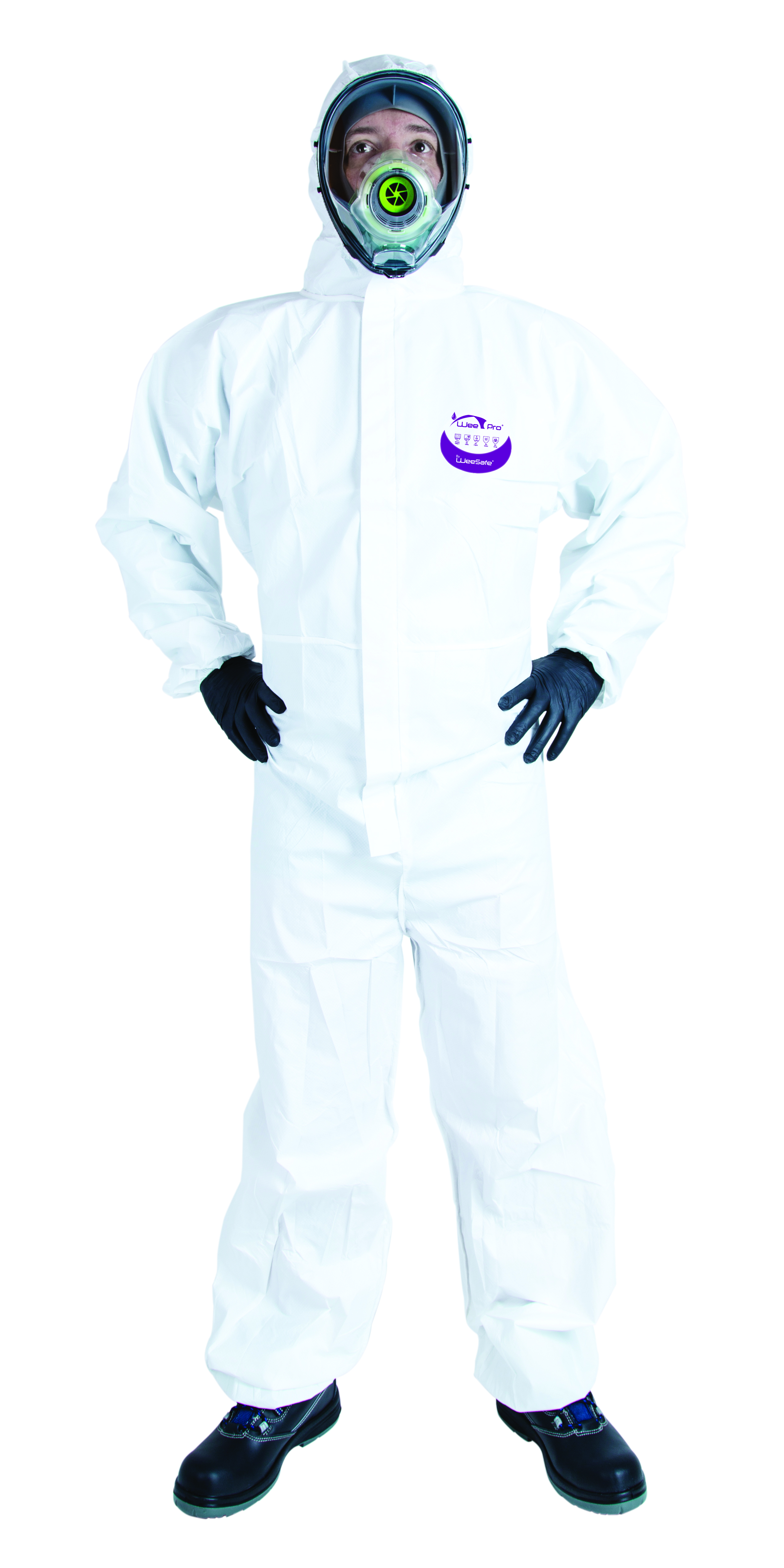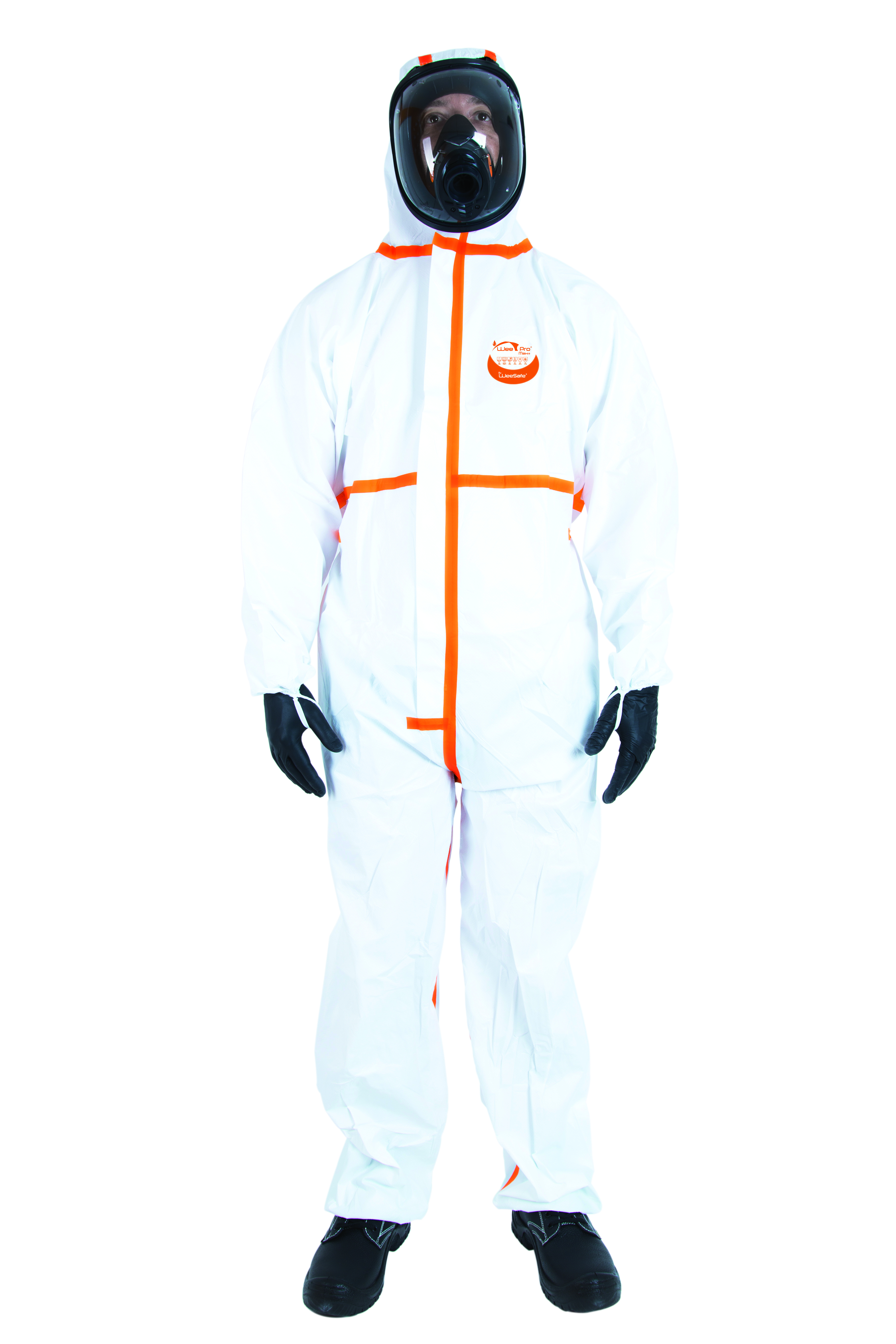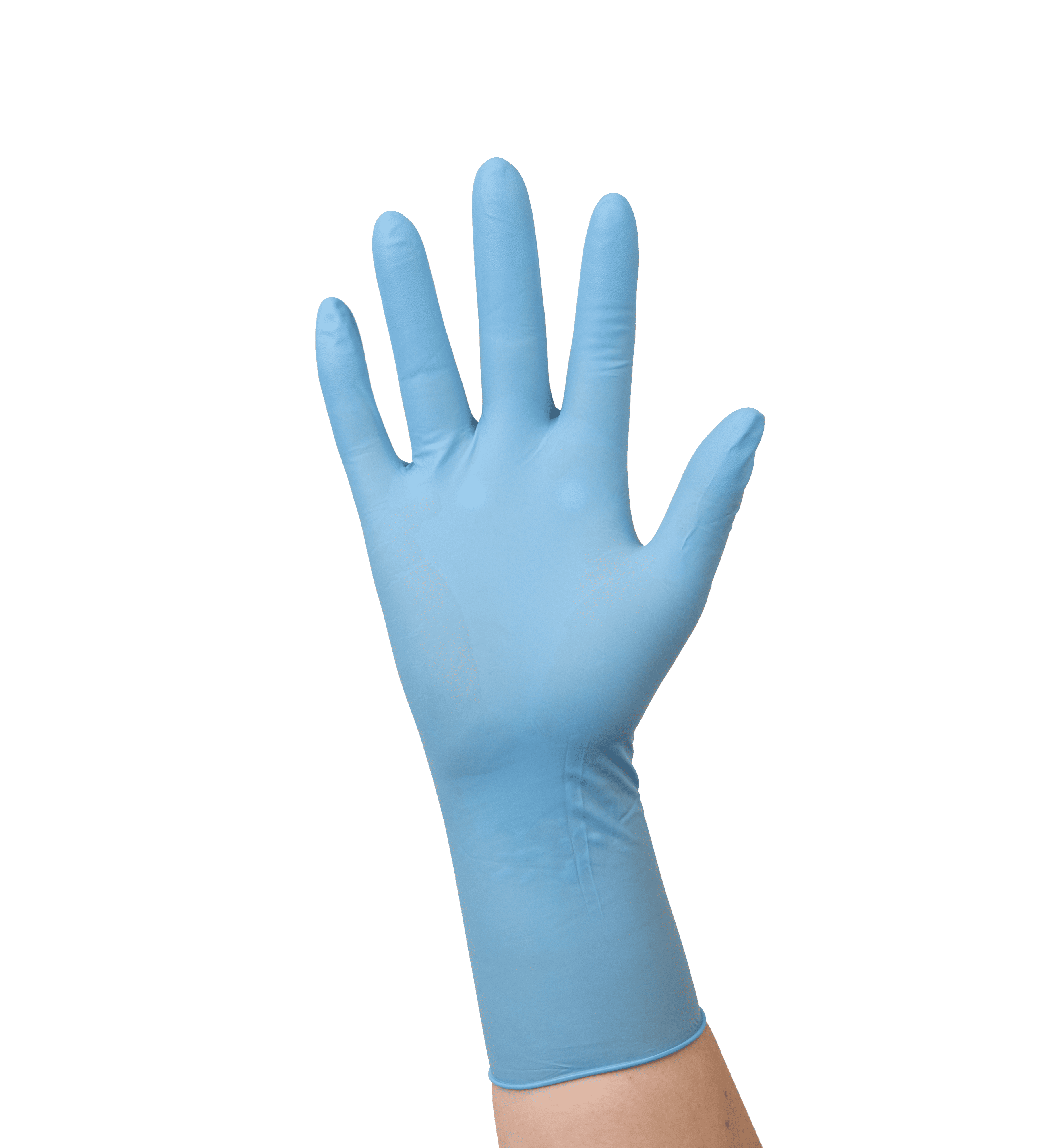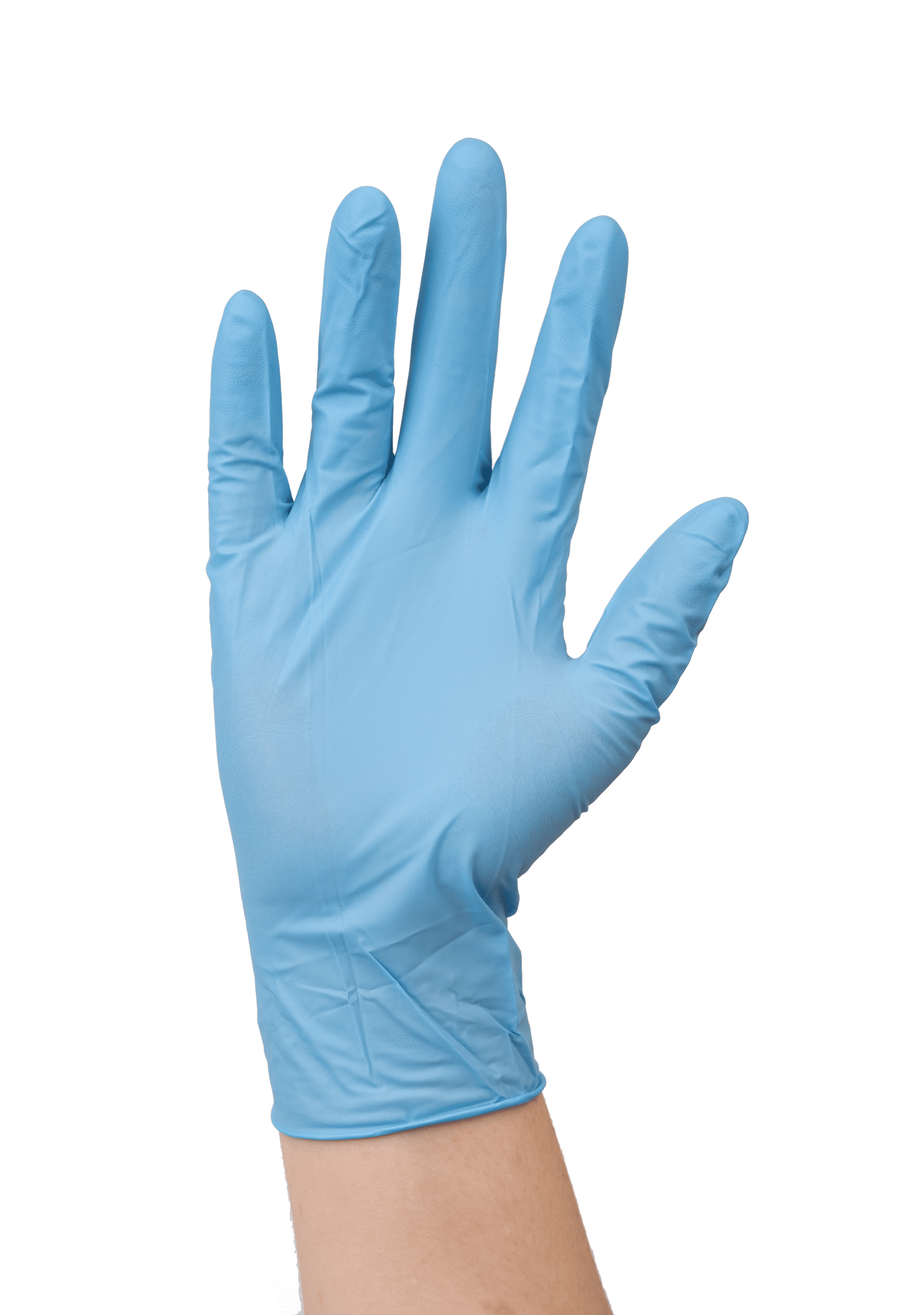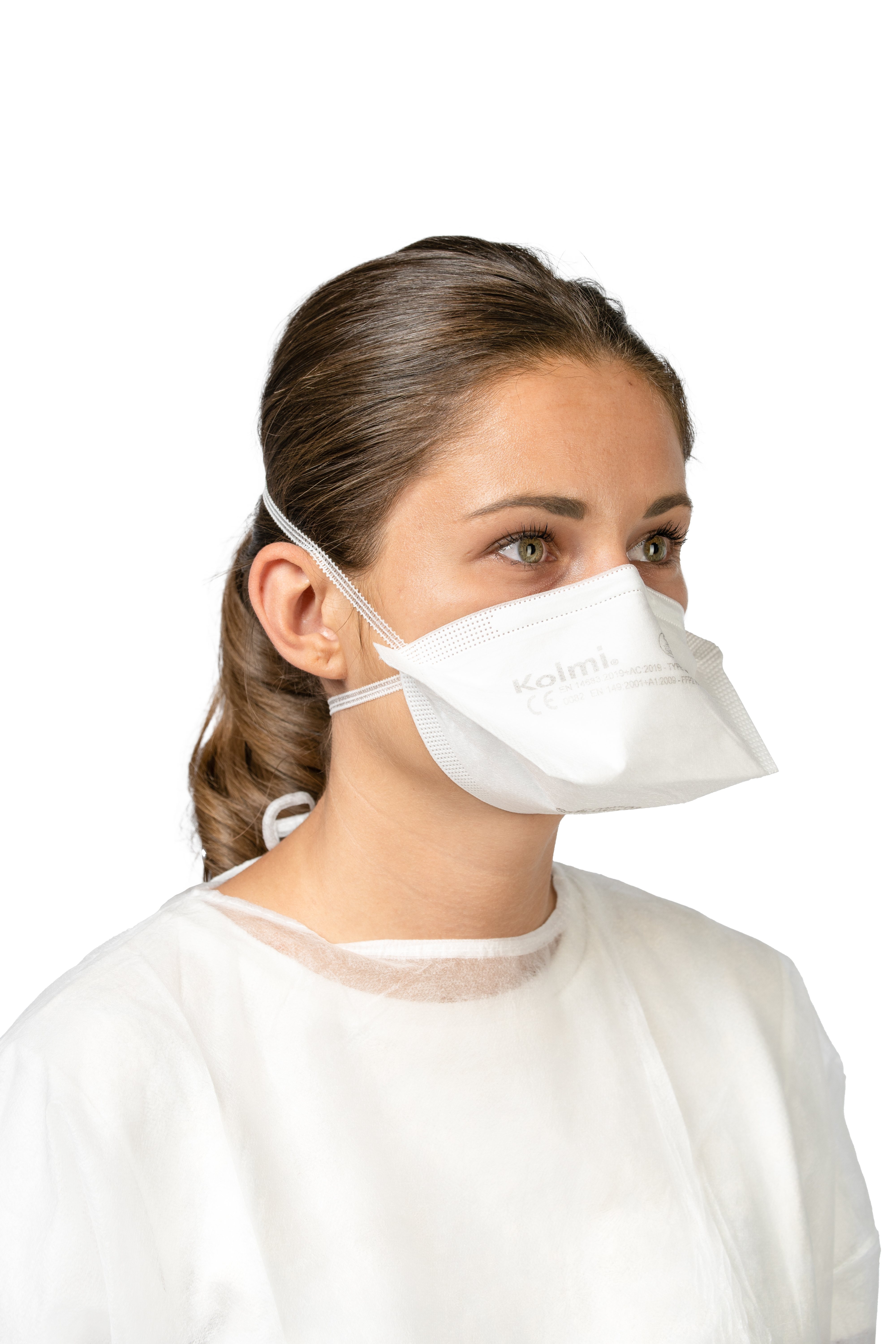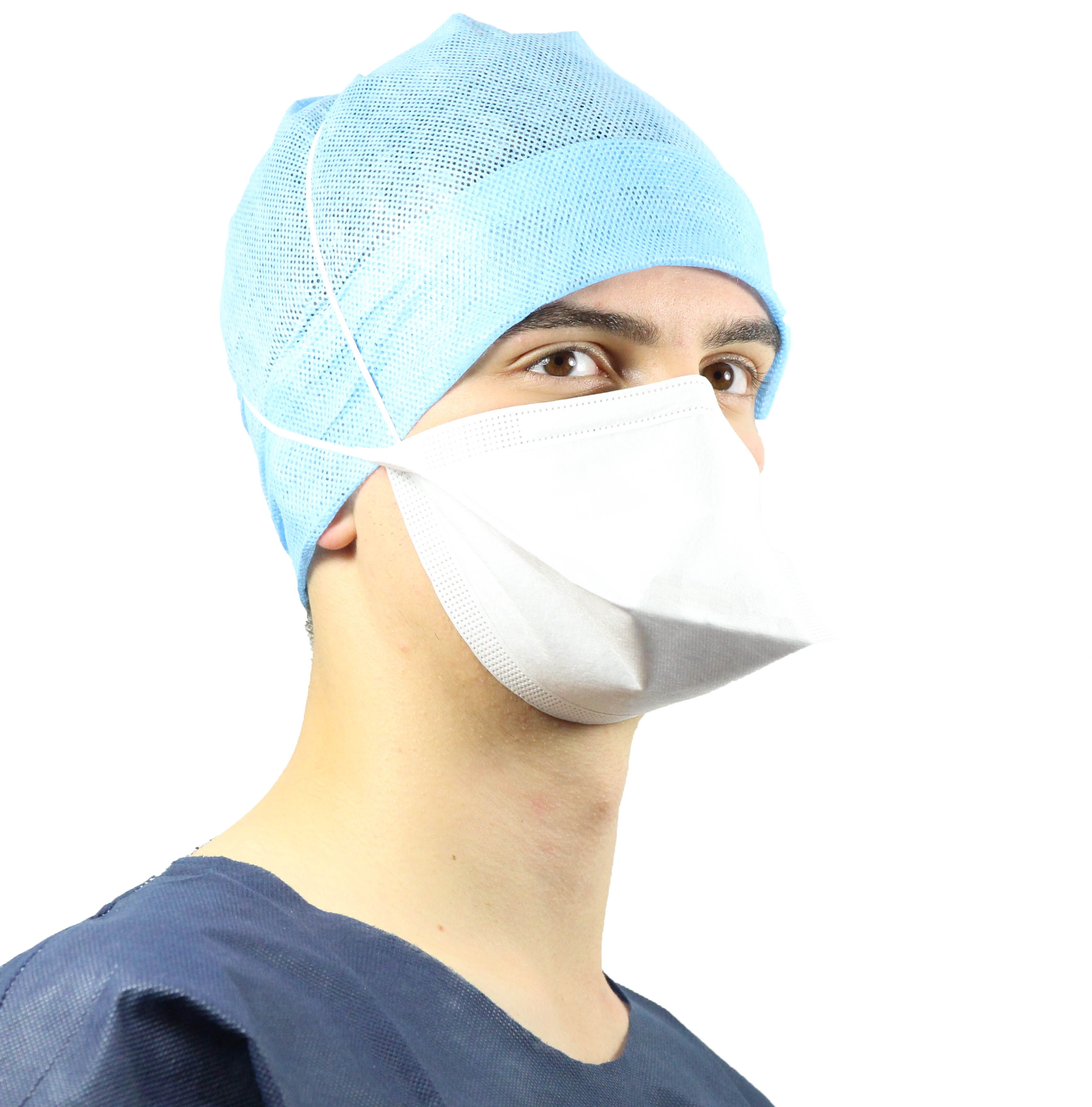PPE for the oil industry
The petrochemical industry presents numerous hazards for workers, particularly exposure to harmful chemicals. Faced with a sometimes hostile environment and various splash risks (liquids, dust, aerosols), the wearer of a suit must assess the chemical risk involved. Personal protective equipment (PPE) therefore plays a crucial role in ensuring the safety of workers in contact with oil.
The suit must provide freedom of movement and optimal comfort to reduce strain and stress. The environment of various oil activities also presents explosion risks to which operators may be exposed. The WeePro, WeePro Max Plus, and WeeJet chemical protective suits feature an antistatic treatment on both sides of the garment, providing additional protection in this high-risk environment.
What are the risks involved in the oil industry?
| Hydrocarbon projections | Aerosol projections | Dangerous dust | Oil and grease splashes |
|---|---|---|---|
|
Hydrocarbon projections expose workers to risks of skin and eye contamination, which can lead to dermatological and respiratory diseases. Type 3 PPE complying with EN 1149-5 provides protection against these projections. |
Aerosols, often present during certain processes, can penetrate the respiratory tract and cause irritation or respiratory problems. Type 6 PPE that complies with the EN 13034 standard protects against these risks. |
Hazardous dusts inhaled when handling materials can cause lung diseases. Type 5 coveralls compliant with EN 13982-1 help limit this exposure. |
Oil and grease splashes, common during repairs, can irritate the skin. Type 4 PPE, as required by EN 14605, provides effective protection against these splashes. |
The main PPE in the oil industry
In the oil industry, personal protective equipment (PPE) is essential to protect workers from the multiple risks associated with chemicals, dust, and explosive environments. Risk analysis is a key step in choosing the most appropriate PPE for each workstation.
Among these, protective suits stand out for their ability to provide full body protection against a multitude of hazards and must be selected based on the risks associated with hydrocarbon splashes.
Coveralls
What are the other most common PPE in the oil industry?
Each PPE plays a complementary role in ensuring the safety of operators in environments as demanding as those of the oil industry.
Gloves
Les gants de protection sont essentiels pour manipuler des produits chimiques dans le secteur pétrolier et gazier. Ils protègent les mains contre les brûlures chimiques, les irritations dues aux hydrocarbures présents dans le pétrole, et les coupures. Ils doivent être conformes aux normes pour résister aux produits spécifiques manipulés sur site.
Respiratory protection masks
The risks associated with inhaling toxic gases require the use of certified respirators.
Essential for protecting the respiratory tract, respirators filter harmful particles, chemical vapors, and toxic gases. Models suitable for the oil industry must comply with standards to ensure a perfect seal.
Safety shoes
Safety shoes provide protection against slips caused by oils and hydrocarbons, as well as resistance to crushing and sparks in hazardous areas.
Goggles
They protect the eyes against splashes of hydrocarbons, oils or solid particles, thus preventing irritation or injury.


